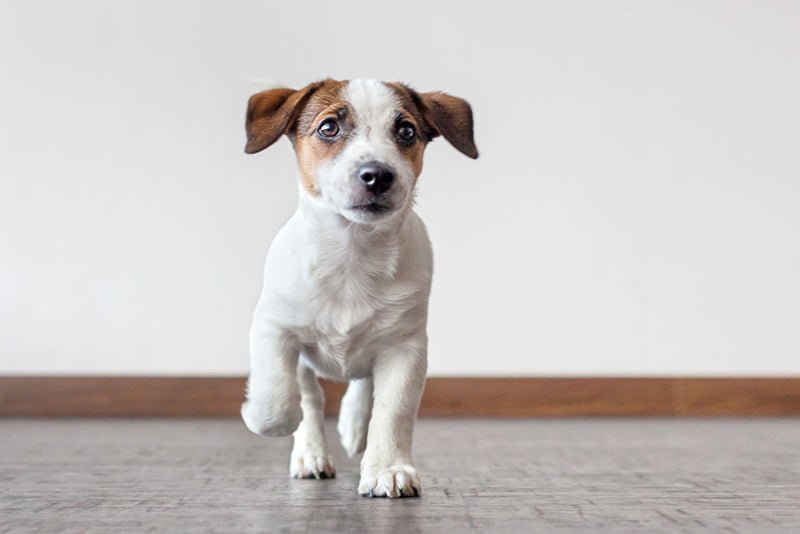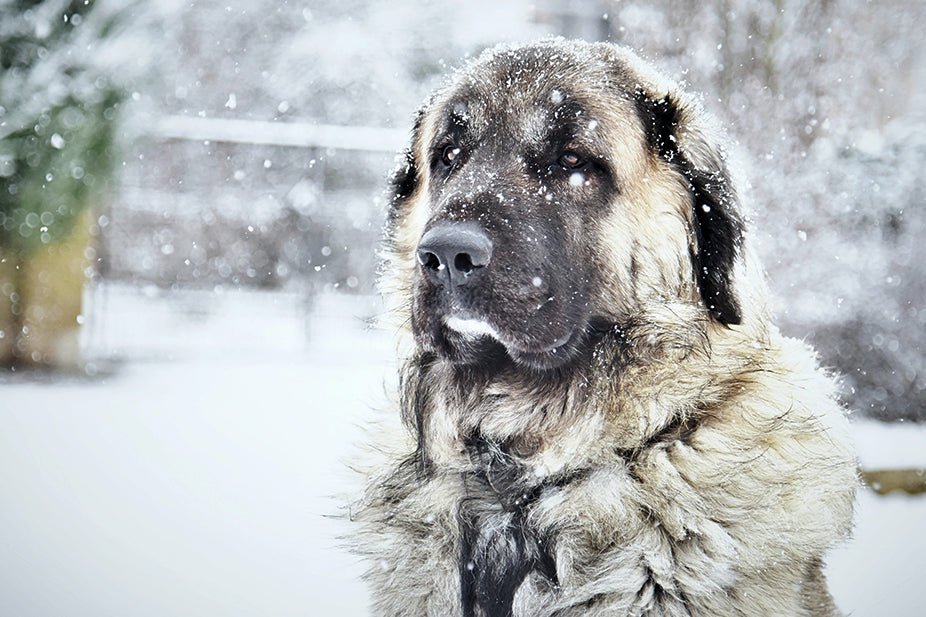
Cats are obligate carnivores, meaning their energy comes from animal proteins and fats, not carbohydrates like sugar or starch. Cats also lack key enzymes to properly digest sugar:
- They have no salivary amylase to break down long-chain sugars.
- They have insufficient glucokinase in the liver and pancreas to metabolize glucose efficiently.
While cats might eat sugary food due to its flavor or texture, they do not crave it, as they lack taste receptors for sweetness. Prolonged sugar consumption, however, can cause preventable health problems:
Health Risks of Sugar for Cats
- Obesity: Excess sugar converts to fat, leading to weight gain.
- Diabetes: Elevated blood sugar levels from regular sugar intake may increase the risk of diabetes, especially in overweight cats.
- Digestive Issues: Cats unable to process sugar may experience diarrhea, stressing the kidneys and intestines.
- Pancreatic Strain: Overloading the pancreas with the need to produce excess insulin can result in pancreatic insufficiency or diabetes.
- Dental Cavities: While cats are less prone to cavities due to the high pH in their saliva, the broader health effects of sugar make avoiding it essential.
How to Transition to Sugar-Free Cat Food
Switching to sugar-free food is a positive change for your cat’s health, but the process may require patience. Cats are creatures of habit and tend to prefer familiar flavors and textures, making dietary changes challenging.
Why Switching Cat Food Can Be Difficult
In the wild, cats learn what to eat from their mothers, shaping their preferences early. Similarly, domestic cats develop a taste for certain foods based on early exposure. If your cat has been eating the same sugary or processed food for years, they may resist change. Offering a varied diet during kitten-hood can make future dietary shifts easier.
Two Methods to Change Your Cat’s Diet
-
The Two-Bowl Method:
- Place a bowl of the new food alongside the familiar one.
- Allow your cat to adjust to the scent of the new food.
- Over time, they may become curious enough to try the new food, allowing you to gradually phase out the old one.
-
The Substitution Method:
- Mix a small amount of the new food into the old food.
- Start with just ¼ teaspoon of the new food and slowly increase the amount over 1-2 weeks.
- Gradually decrease the old food until the new diet is fully adopted.
Pro Tips for Success:
- Stick to consistent feeding times.
- Avoid giving extra treats during the transition.
- If your cat prefers wet or saucy food, add a little homemade chicken broth to the new food for extra flavour.
Benefits of Natural, Sugar Free Cat Food
Natural cat food with high meat content and no added sugar is not only healthier but also mimics the diet your cat is biologically designed to eat. Look for food with a firm consistency and minimal ingredients to ensure you’re providing optimal nutrition.
Conclusion
Switching to sugar-free cat food supports your cat’s overall health, reducing the risk of obesity, diabetes, and digestive issues. While it may take some time and patience, transitioning your cat to a healthier diet is worth the effort. With the right approach, your feline companion can thrive on natural, nutritious food that promotes their well-being for years to come.



